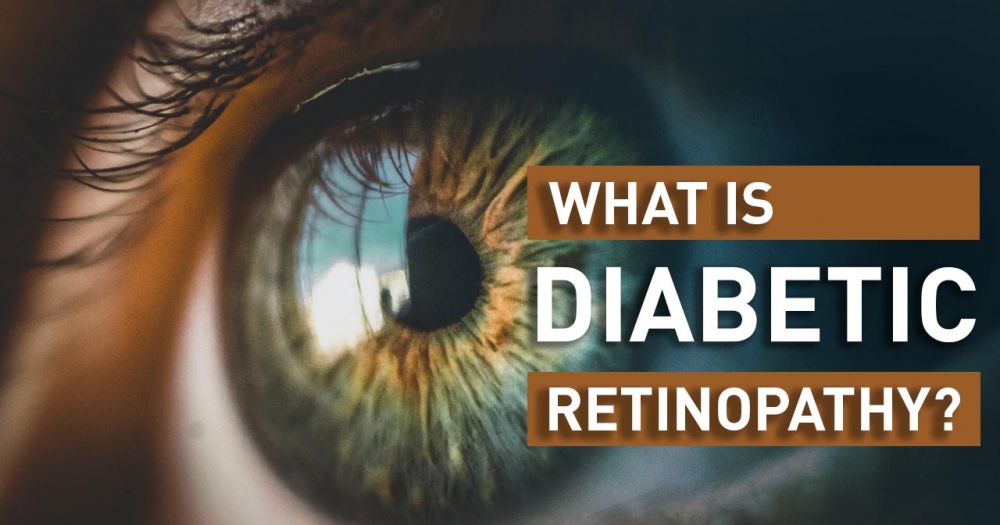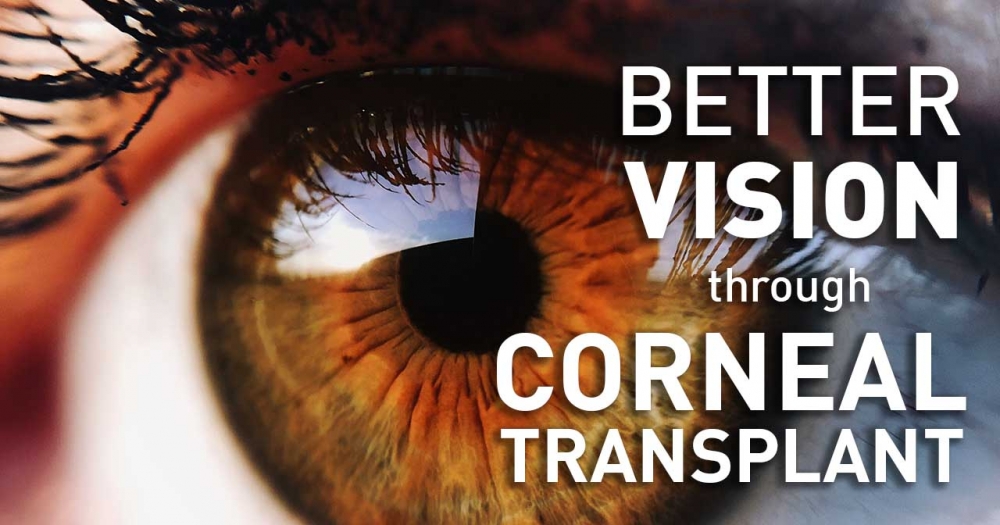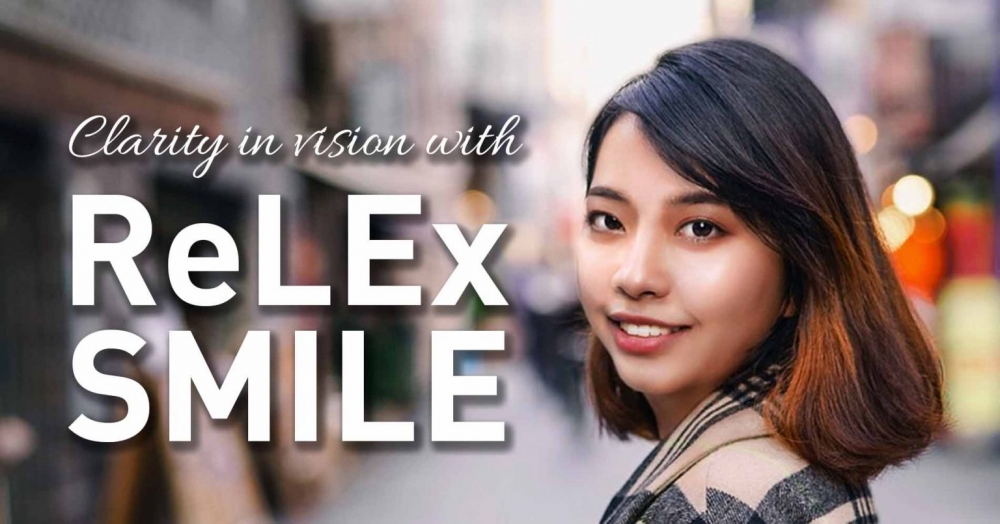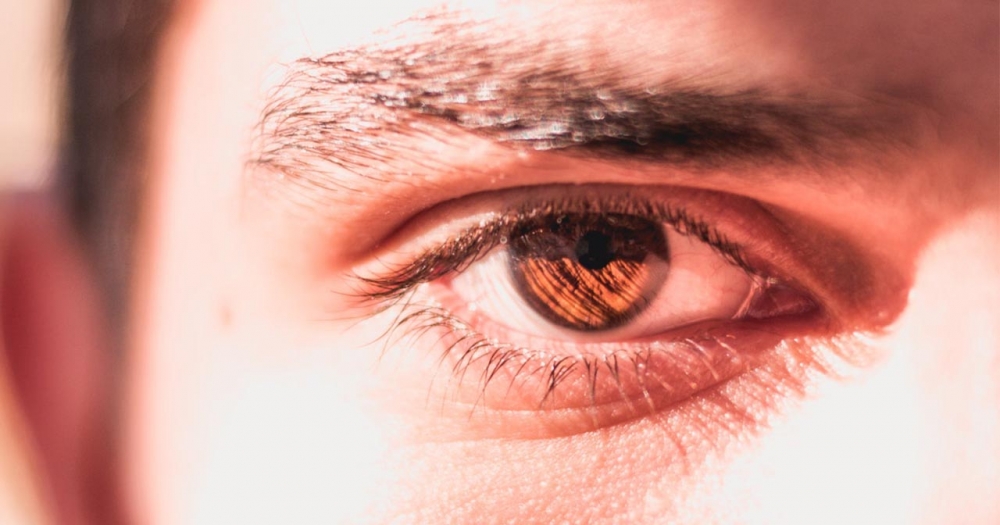Cataracts In Eyes
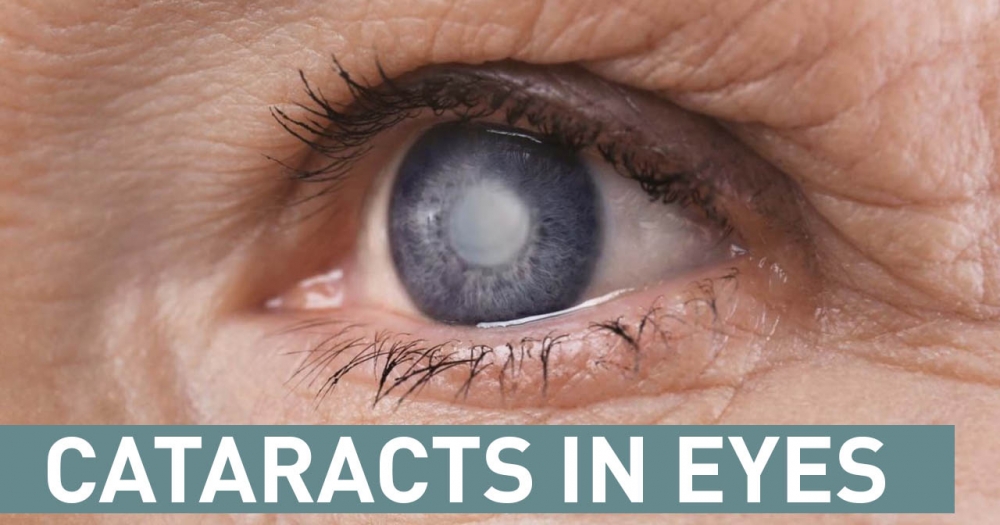
What Are Cataracts In Eyes?
Cataracts in eyes are one of the most common eye conditions that affect the elderly in Malaysia. Before we talk about that, let’s begin by explaining the anatomy or the structure of the eye.
This is how the eye looks like in cross section.

The lens is a clear structure which sits behind the pupil.
It has a capsule or a bag, and is suspended by fine strands inside the eye.
The front part of the eyeball – the cornea, which is the clear & transparent window of the eye, and the lens, are the structures that focuses light to fall on a single point on the retina, called the fovea.
The fovea is the most sensitive area of the retina that is responsible for fine, sharp vision. Allowing our eyes to see small details and enabling us to read small prints.
Therefore, good vision is dependent on clear cornea and lens, as well as normal retina and fovea.
Cataract occurs when the lens becomes cloudy, or more opaque.
What Causes Cataract?
Cataract in eyes occurs due to increasing age, or other causes such as diabetes and steroid use.

In some cases, it can occur in babies or children, in what we call congenital cataract.

How Does Cataract Affect Vision?
Cataract is the leading cause of blindness worldwide.

But the good news is, cataract is reversible, and with treatment good vision can be restored in the majority of cases. That’s not all, one does not need to go through laser vision correction such as ReLEx SMILE to gain clearer vision. The lens for the cataract can be adjusted for that instead.
Having cataracts is like looking through a “dirty window”.
Part of the light is prevented from passing through, hence creating a blurred image.
Cataracts can also “scatter” light rays, causing glare and difficulty seeing in very bright light.
However, the symptoms can come on very gradually as the lens becomes more opaque over time, and some patients get accustomed to the “dimmed vision.”
Another reason why some don’t notice that they have cataracts, is because we have two eyes.
If one eye vision is blurred but the other is still good, then the poorer vision in one eye goes unnoticed. Therefore, cataract screening is recommended to help to detect the condition early.
How Would You Know If You Have Cataracts?
If you are 50 years old and above, you may be developing cataracts.

You can test your vision by closing one eye at a time.
If the vision is blurred, and not as sharp as before, the commonest causes of this would be either cataract or refractive error, like astigmatism and presbyopia.
Other symptoms of cataract include difficulty when driving at night, associated with significant glare from oncoming vehicles, and some people will actually give up night-time driving.
Seeing double images or shadowing of an object, or needing brighter lighting to read can also be symptoms of cataracts.

For those who wear glasses, they may find that the power of their glasses keep changing every year to achieve clearer vision, and this may be due to the presence of cataracts in eyes.
What Is The Treatment For Cataracts?
Currently, the most effective treatment is microsurgery. The advances in eye treatments also allow both glaucoma as well as cataracts to be treated at the same time.
However, there are no eye drops that are able to cure cataracts in human eyes at this stage.
With current advances in technology, cataract surgery is one of the quickest and safest surgeries performed on the body.
It is done through a tiny wound, around 2.2 – 2.75mm, which is less than the size of 2 pinheads, and micro-instruments are used to open the lens capsule, break up the cataract and remove the remnants.
An artificial lens is implanted inside the eye’s natural bag, and the wound is self-sealing without any sutures.
Cataract surgery itself usually takes 20-30 minutes.
Occasionally up to 1 hour, depending on the complexity of the case.
Patients are awake during the procedure and it is not painful when done under local anaesthetic.
However, you may feel some pressure sensation in the eye.
How Long Does It Take To Recover From The Operation?
The vision after cataract surgery is usually blurry right after surgery as the eye is still recovering.
If there are no complications, you can expect to have some clearer vision on the next day.
Most patients are able to go back to their normal daily activities after 1 week.
The eye heals around 6-8 weeks after surgery, and any need for glasses should be checked once the eye is completely healed.
Your eye doctor will advise you about post-operative care and need for eye drops.
It is important that you follow the eye drop frequency and eye care to prevent serious complications of infection and prolonged inflammation.
Will Cataracts Grow Back After Cataract Surgery?

If no major complications occur, the majority of patients achieve and maintain good vision after cataract surgery for a long period of time.
However, some may develop posterior capsule opacity, where the bag becomes cloudy over time.
If this becomes too thick, then the vision will be affected.
But this is easily treated with laser and performed in the clinic, and does not require surgery.
The shape and surface of the eye or the cornea, can change over time. This may cause astigmatism to occur.
If it is significant, then glasses may be needed to achieve clear vision.
When Should Cataract Surgery Be Performed?

Some people with cataracts may say, “My vision is not too bad, I can still see, I’m not blind!” and may think that treatment is unnecessary.
If they are still able to perform their daily task, which includes washing themselves, preparing meals, mobilizing (either walking or driving), doing their favourite pastime – watching TV, reading, sewing, playing golf, without any difficulties, then surgery may not be required urgently.
However, studies have shown that cataracts increase the risk of falls in the elderly – The risk of falls decreased by 54% after first eye cataract surgery compared with the period before surgery in one study.
The best way to know if you need a cataract surgery is to have your eyesight formally tested and have an eye examination done.

